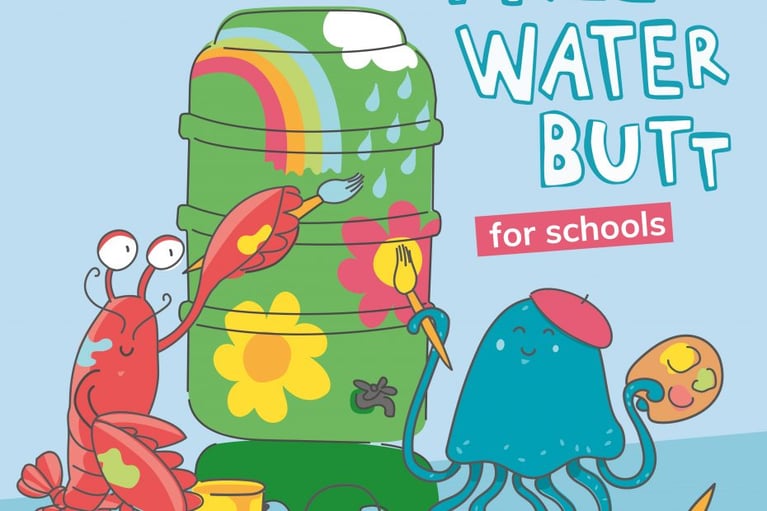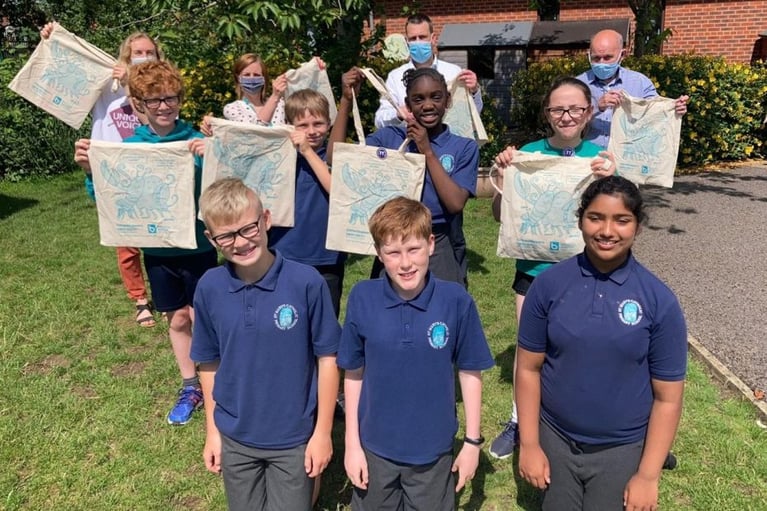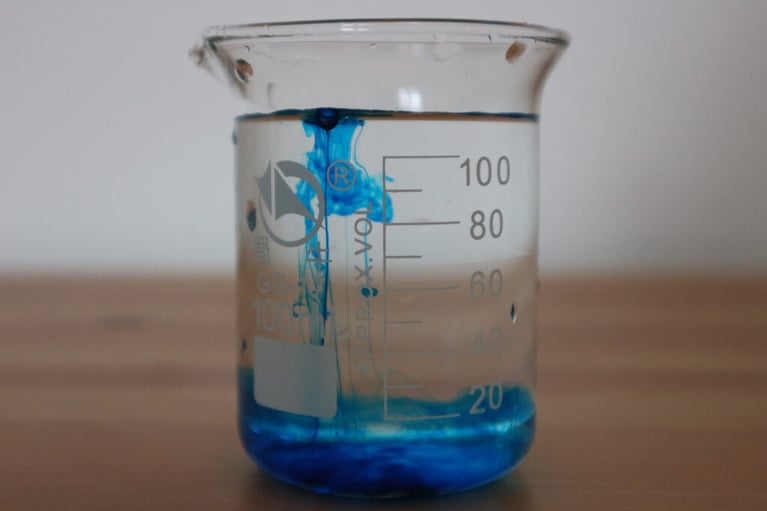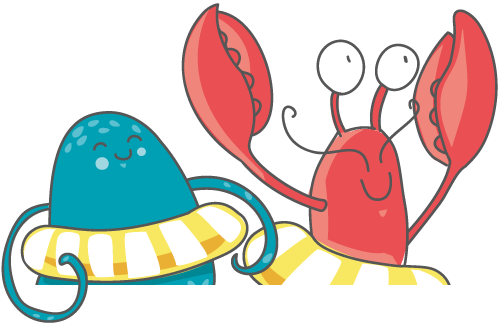Mighty but limited
Water. Water everywhere!… Except it’s not. It is mighty but limited.
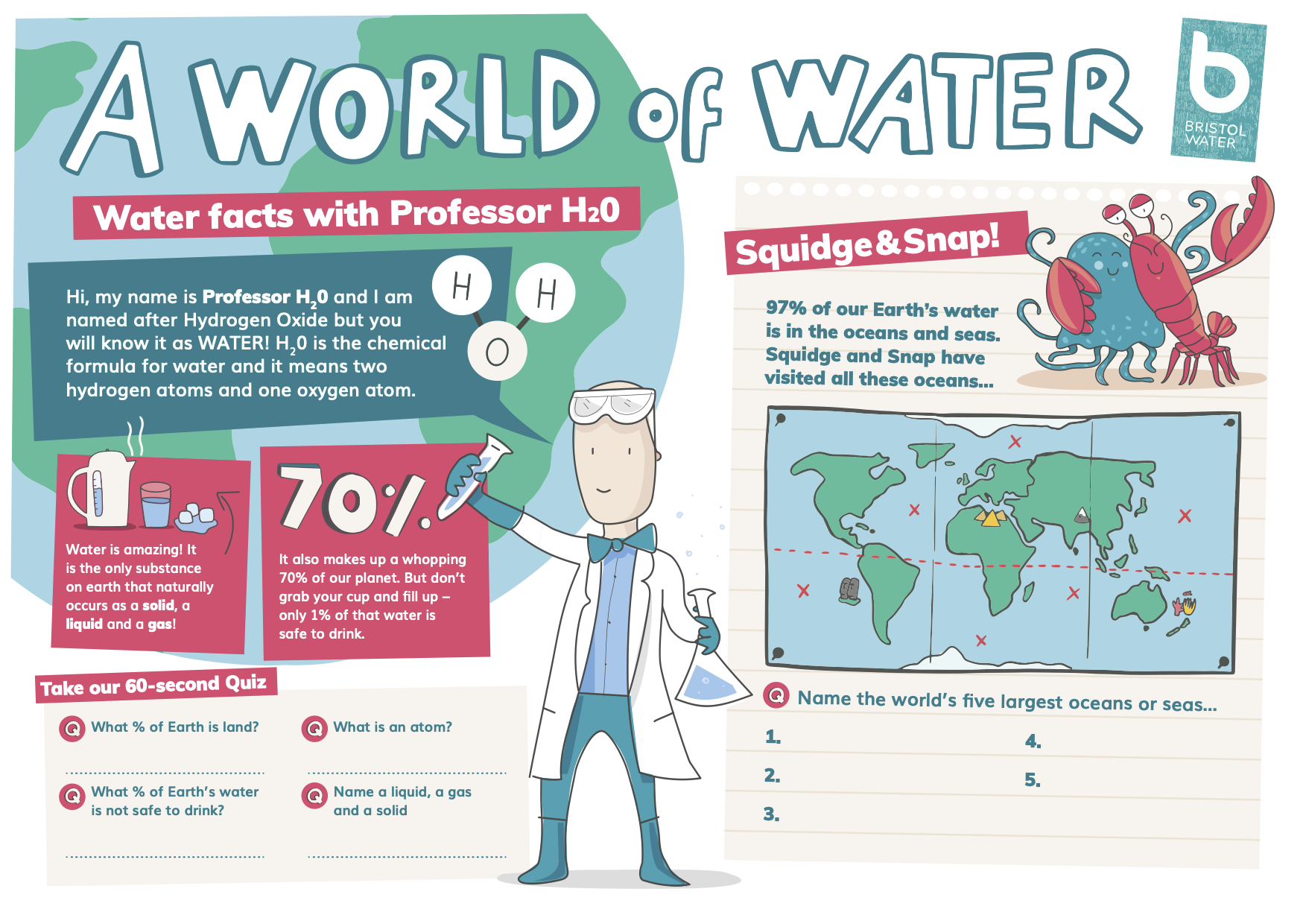
We can only use 1% of the earth’s water, crazy right? It’s mighty but limited.
Four if unsure
We’ve a few (four in fact) reasons to get saving.
1. Population alteration!
There’s 8 times more people than there was 200 odd years ago. And it’s set to keep increasing. We have to make the same amount of water stretch even further! And we don’t just use water for drinking. No. In fact we use it to make food, even clothes! And packaging, fuel, electronics, you name it. Intrigued? Head over to our Hidden Water module.
2. Waste water waste energy
It takes a lot of energy to make water shiny and clean and available at the turn of a tap! A big cost is actually in pumping it up to your home, in fact clean water can travel many miles before it ends up at your tap. In fact, just the treatment of your water makes up 1% of the UK’s carbon emissions.
3. Save it for nature
To put it simply, we take water out of the regions rivers and lakes which could otherwise be left for wildlife. This is especially important in summer, as there’s less rain, rivers and lakes are less full, yet we want more water to fill our paddling pools and wash the car! This puts a strain on the amount of water we have for wildlife, and not having enough water in these rivers and lakes can impact habitats as it damages river beds. We do of course do a lot to manage this to help prevent damage, but it’s good to be aware.
4. Climate change
Oh we do love a sunny day without a cloud in sight. But the issue is the summers are getting warmer and with less rainfall thanks to climate change. This puts a strain on the amount of water we have available to go around in the warmer months, as we rely on the water cycle. We do a lot to manage this, like our reservoirs such as Cheddar Reservoir which stores water, but even they can begin to run low.
Did you know?
Only 1% of the earths water is available for drinking and to support all land based creatures and activity. This is known as ‘fresh’ water. The rest is in the oceans – which have too much saline in them for us to use, and the remaining is trapped in glaciers.





